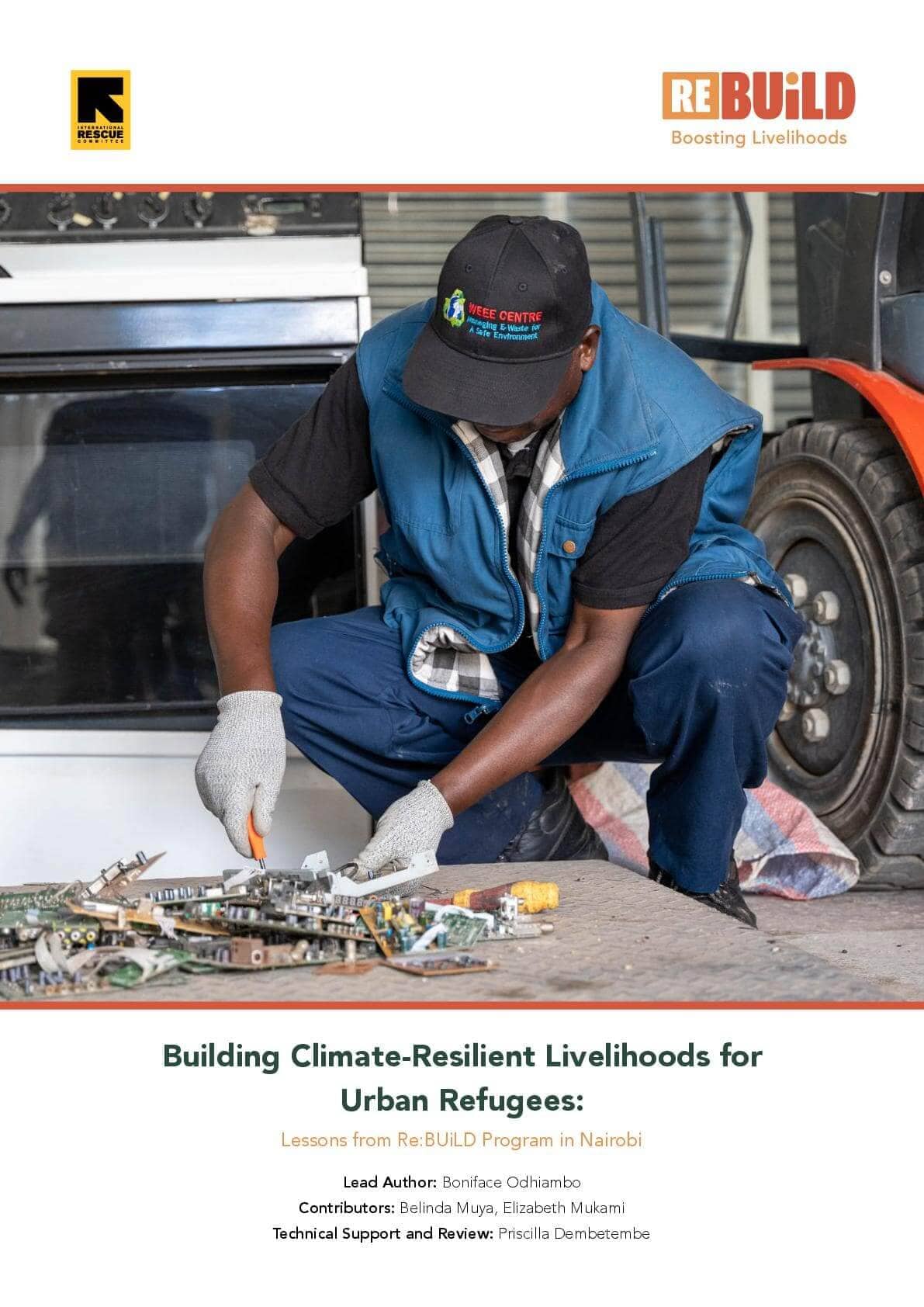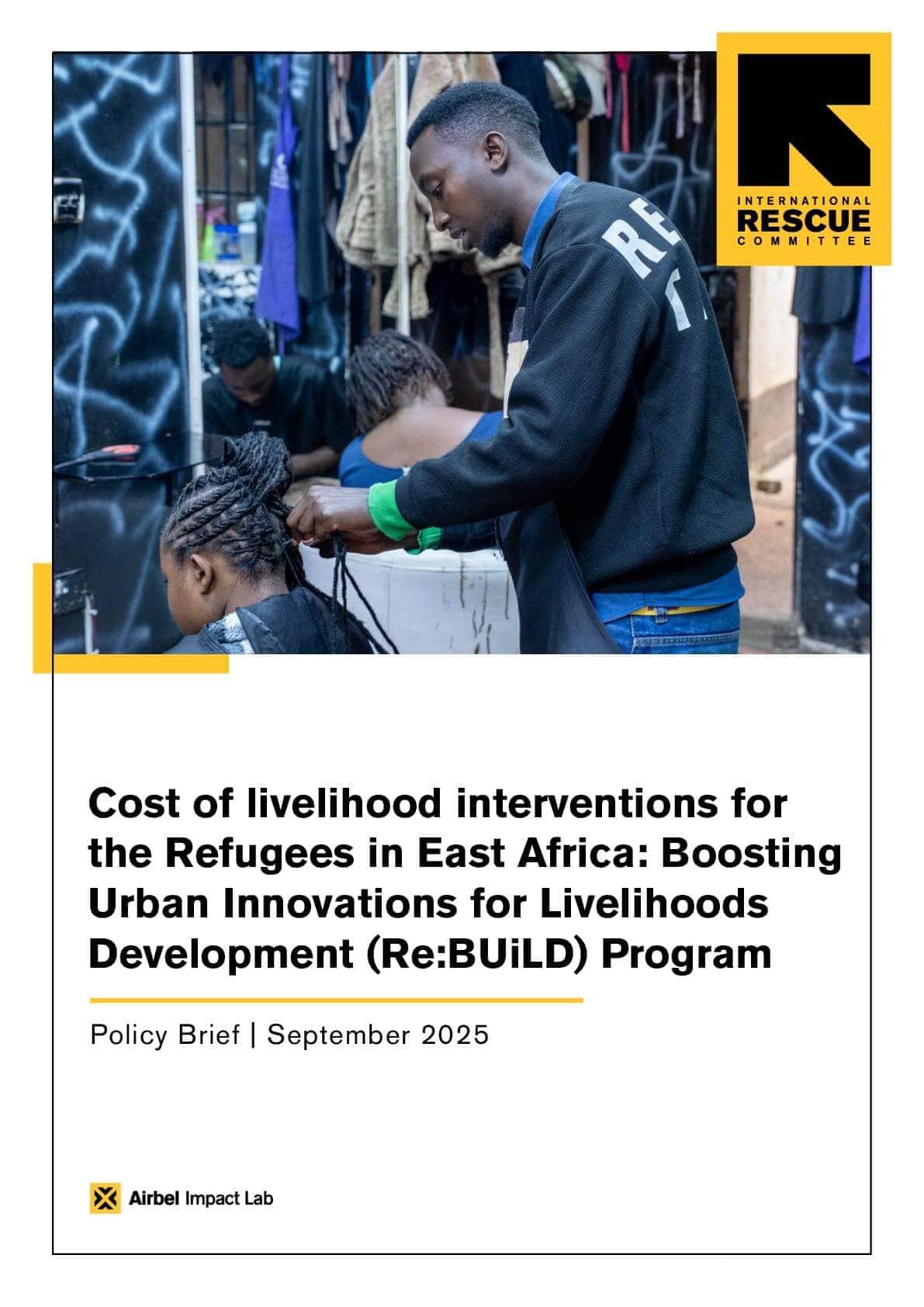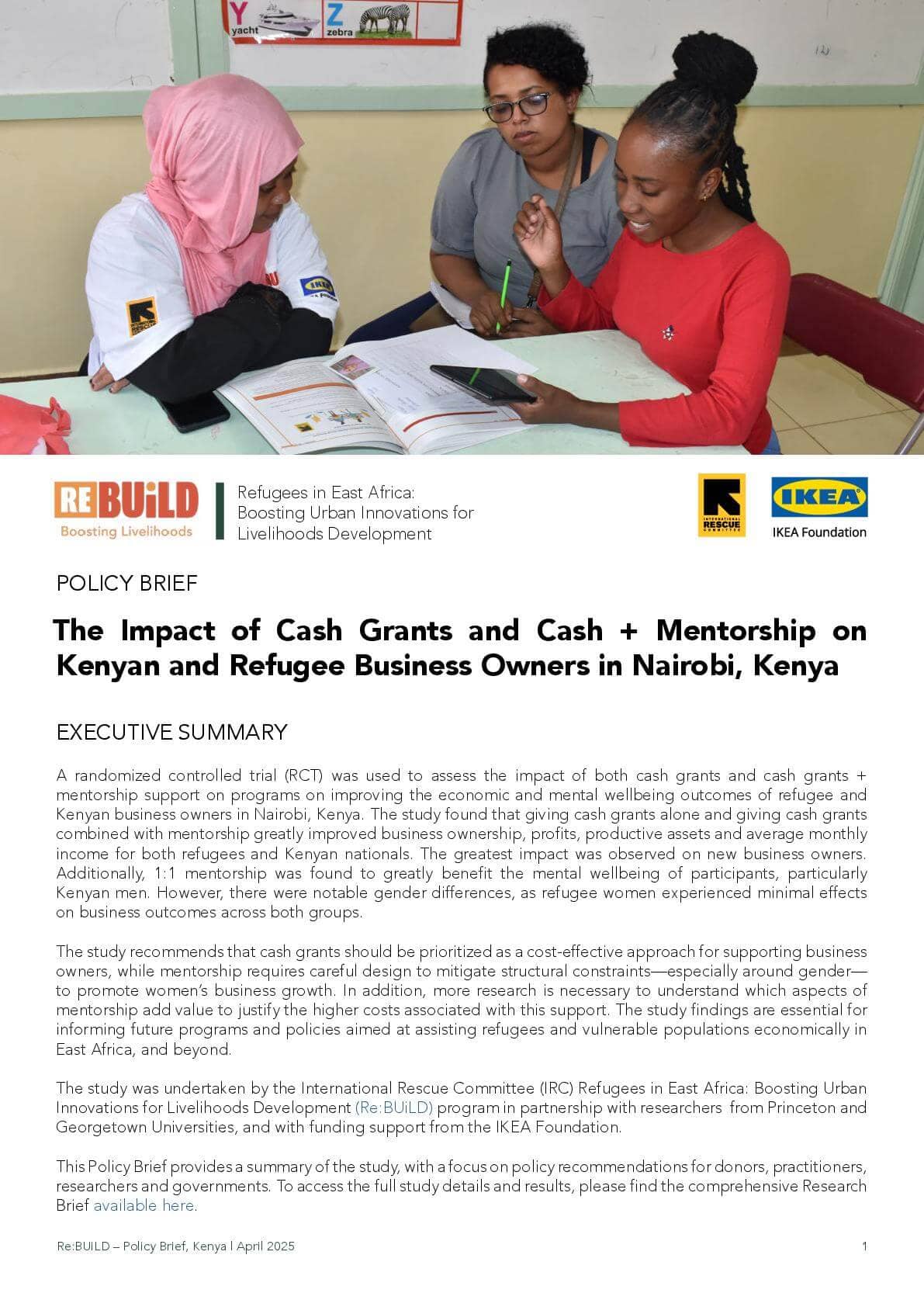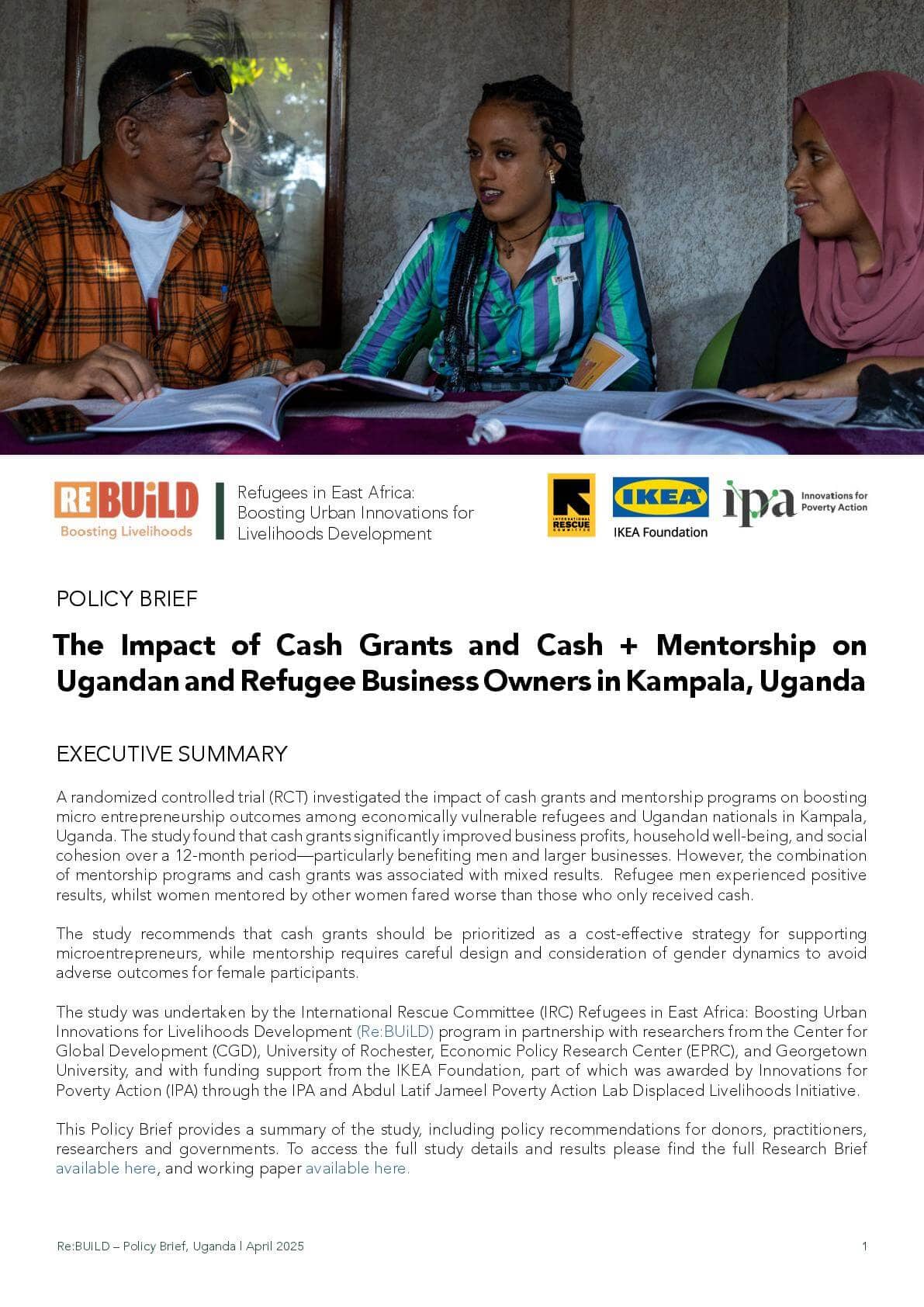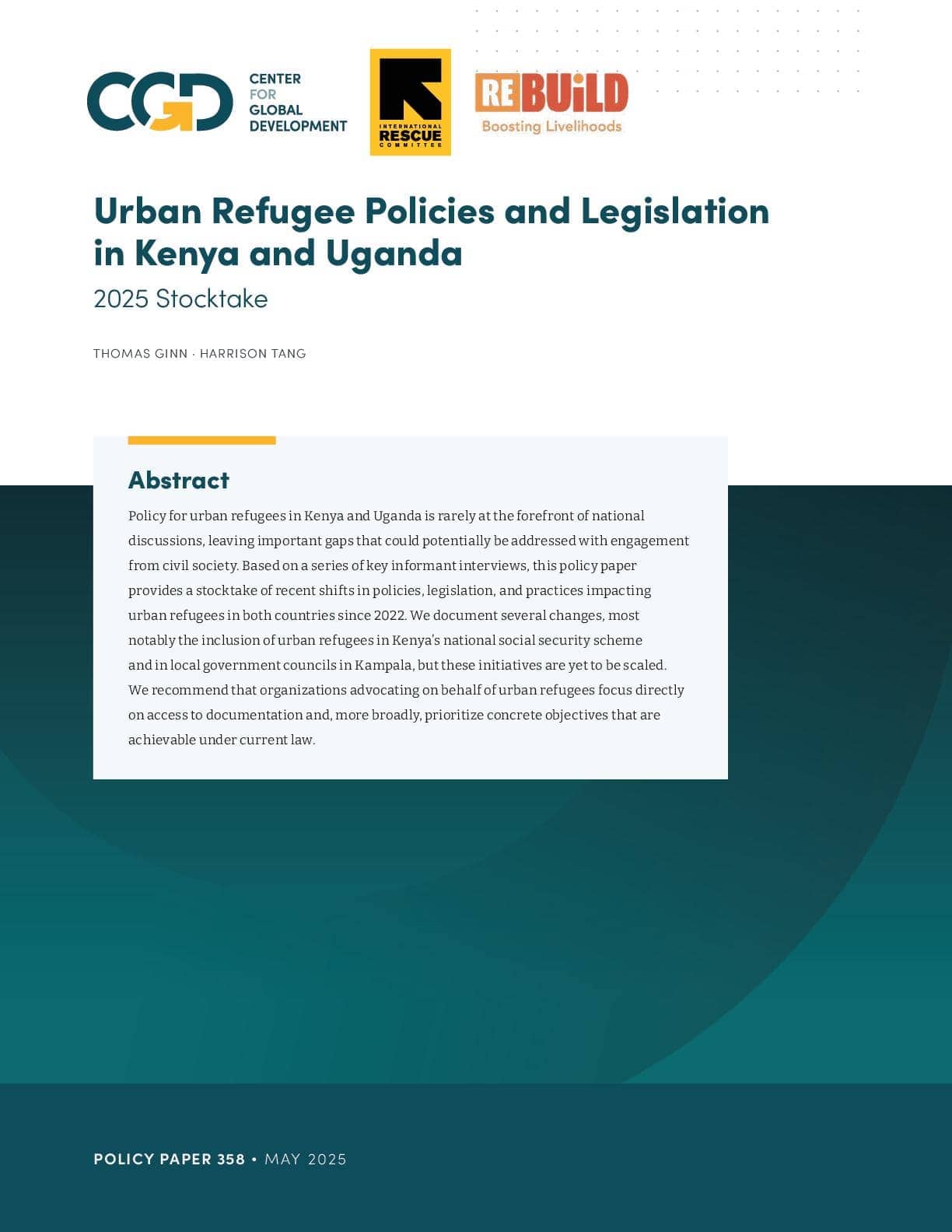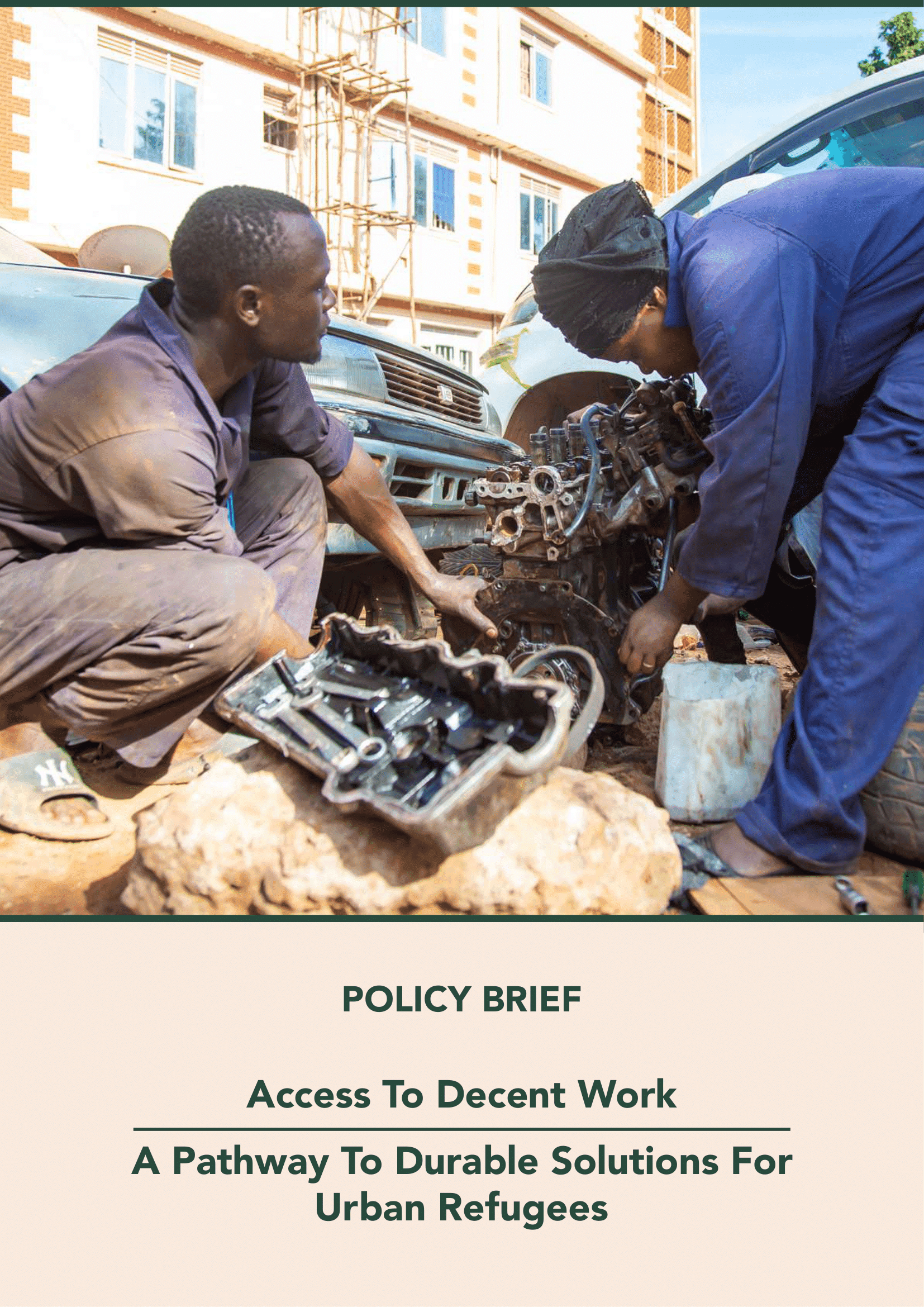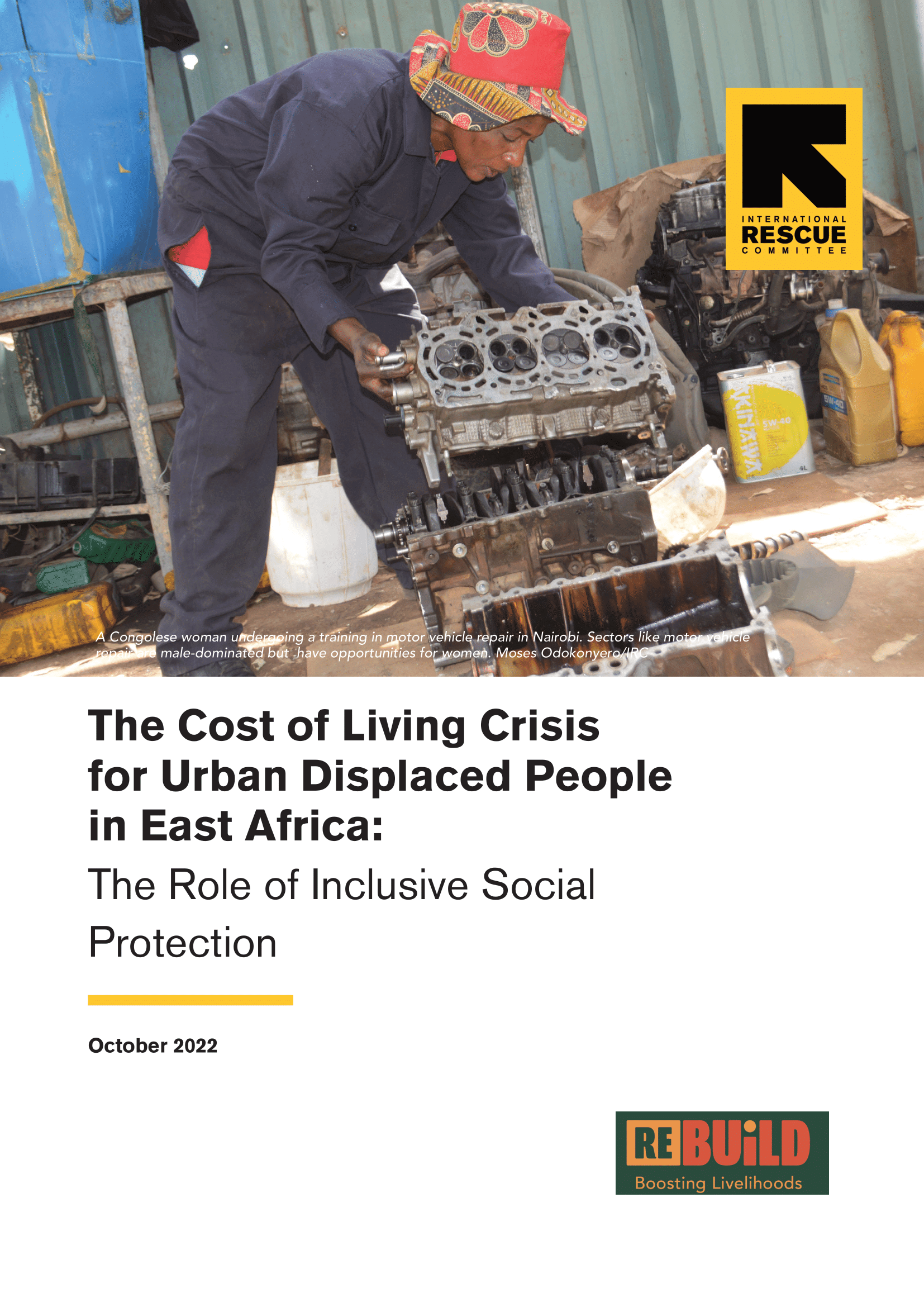Building Climate-Resilient Livelihoods for Urban Refugees
Building Climate-Resilient Livelihoods for Urban Refugees
According to UNHCR Statistics, Nairobi is home to a significant population of urban refugees and asylum-seekers – roughly 114,000 as of 2025, which is about 14% of Kenya’s total refugee population (UNHCR Kenya, 2025). These refugees mostly live in the city’s informal settlements (such as Eastleigh, Kibera, Kayole), alongside low-income Kenyan hosts. They face dual vulnerability: economic precarity linked to displacement, and climate-related risks tied to living in poorly serviced low-income neighborhoods Climate change impacts in Nairobi are acute and worsening. Episodes of extreme rainfall regularly trigger flash floods that wash away homes along rivers (e.g. the Ngong River) (Pashayan, 2024).
These climate stresses compound the economic challenges urban refugees already face. Until recently, refugees in Kenya had restricted rights to work and move, pushing many into informal, marginal jobs mostly in confined zones. They often lack social safety nets or financial reserves to cushion them to recover from shocks. However, there is a growing recognition that improving refugees’ livelihoods and building climate resilience must go hand-in-hand in cities like Nairobi (Refugees International, 2024).
